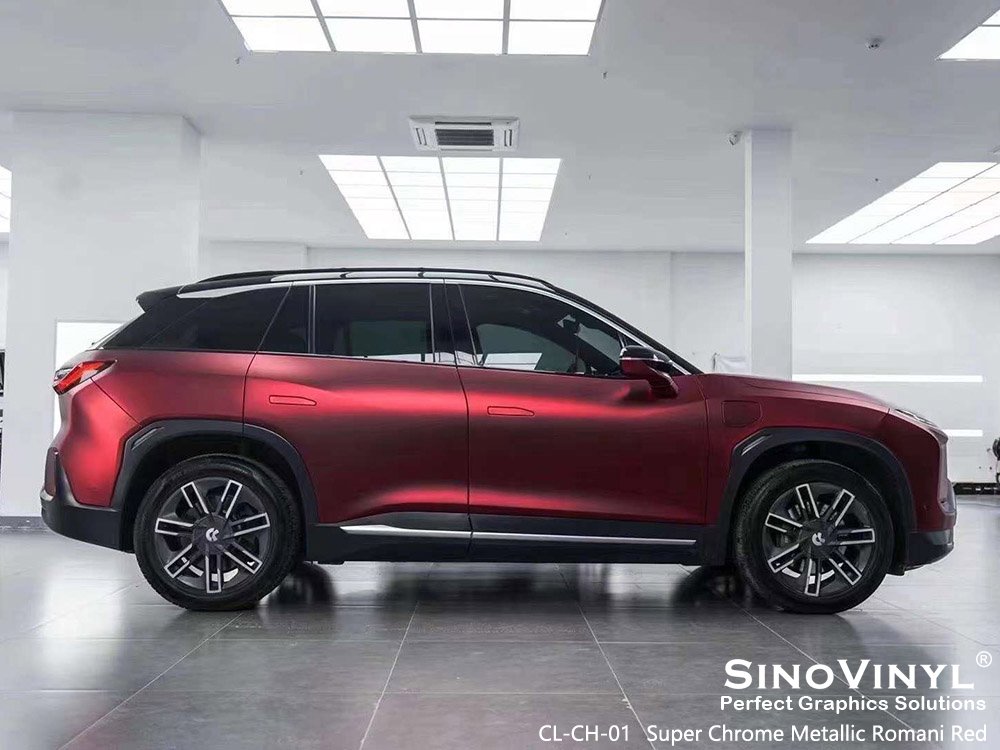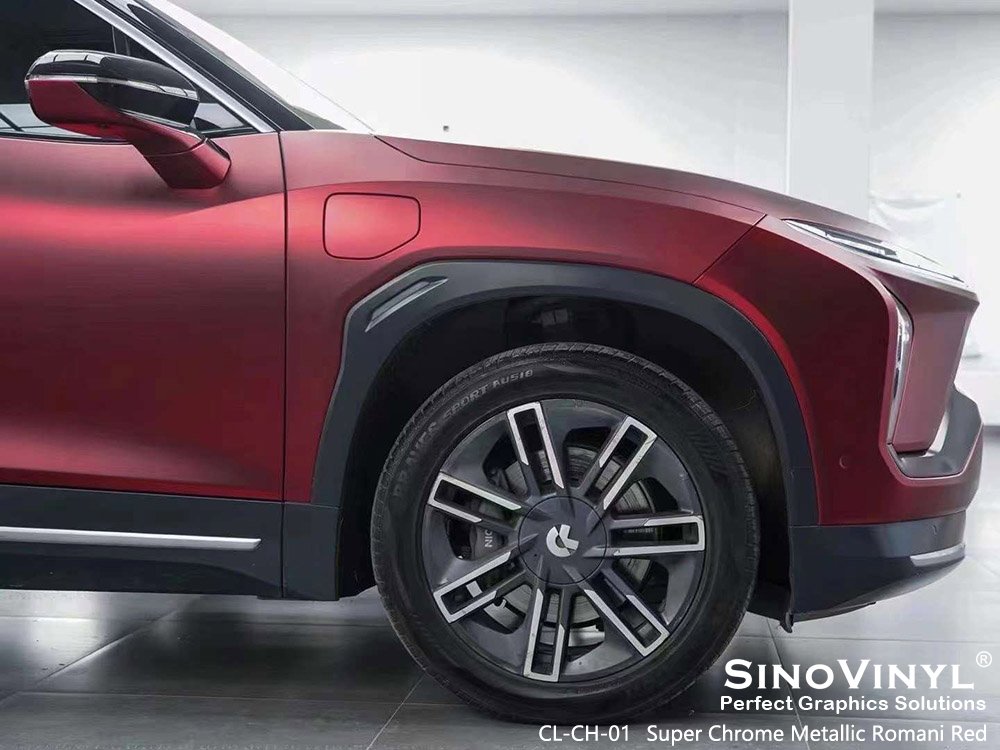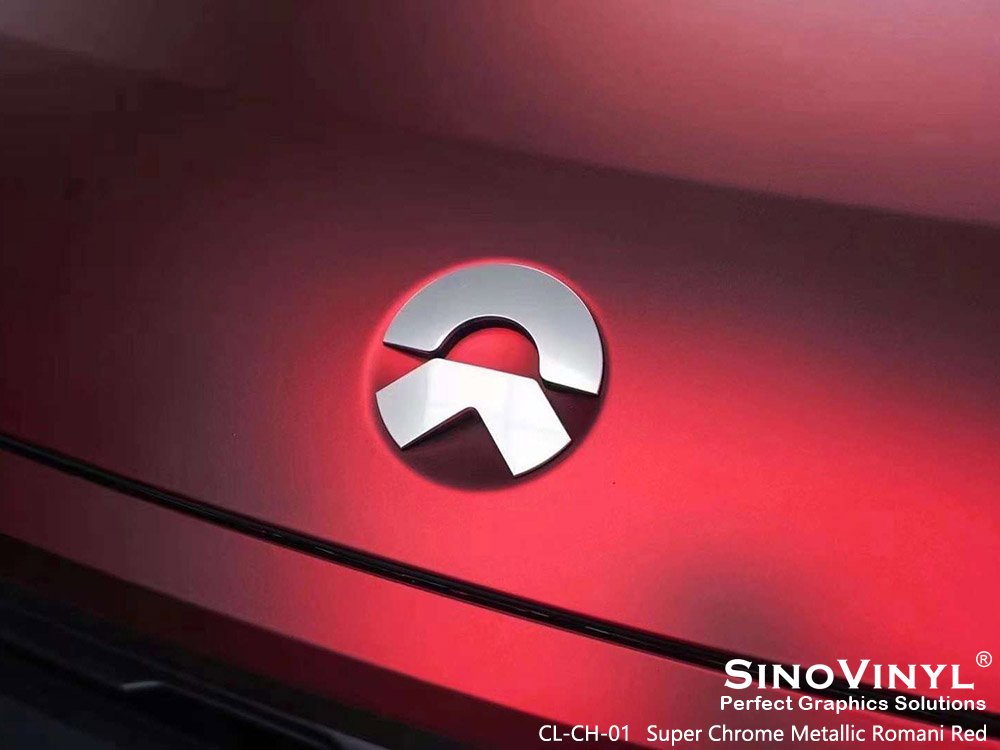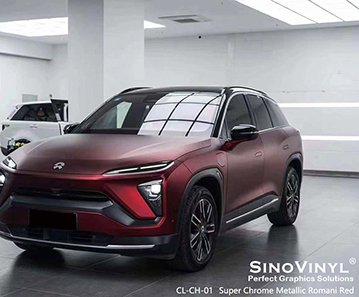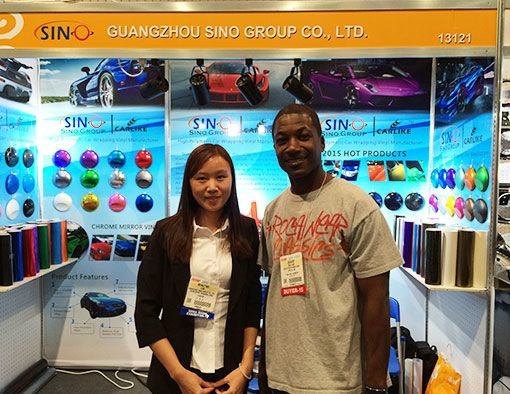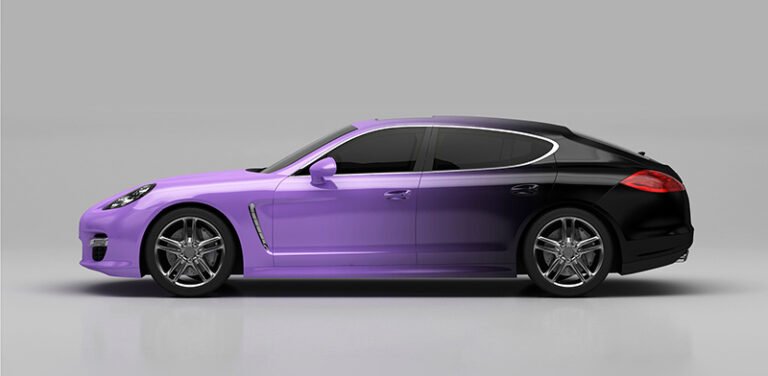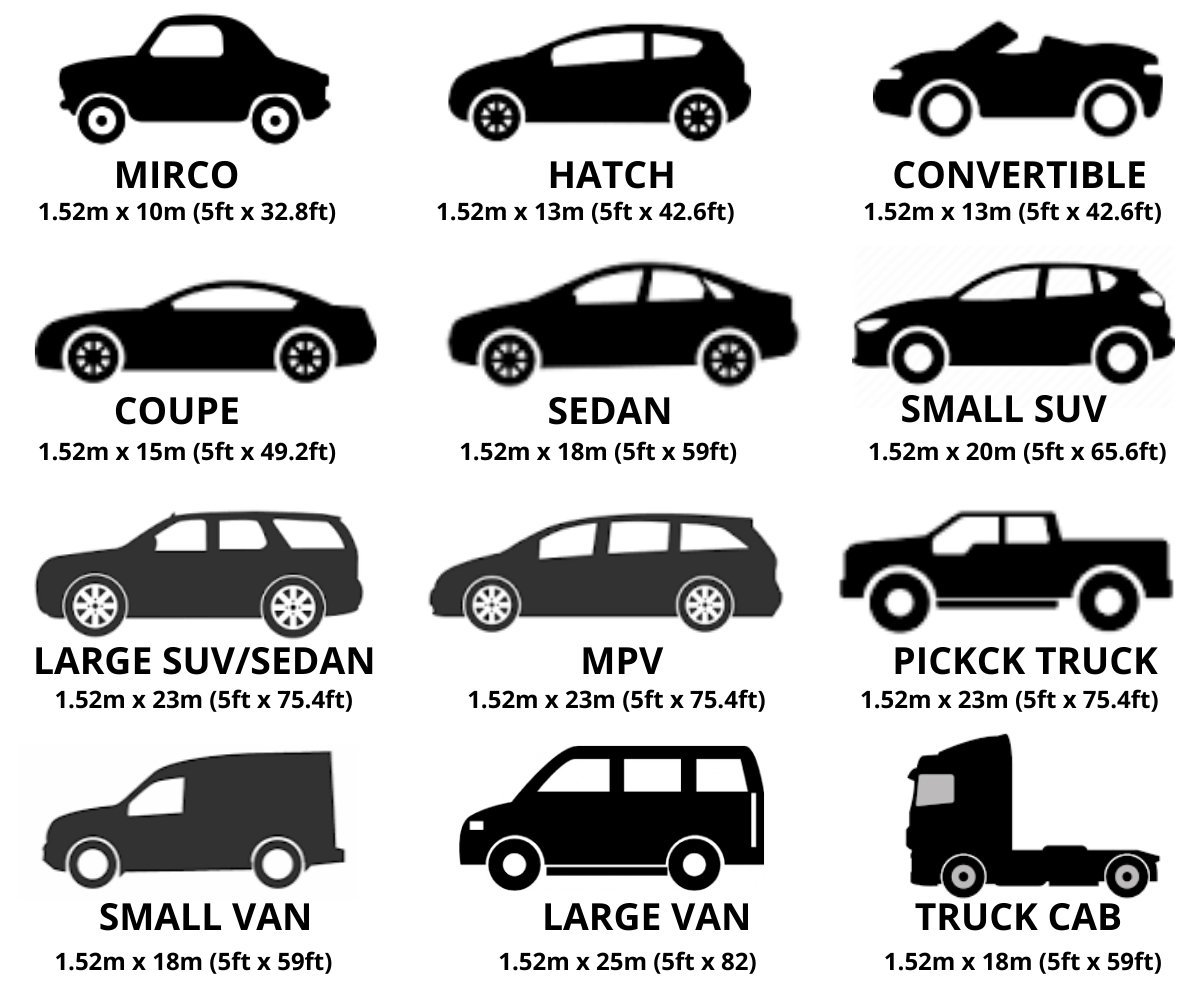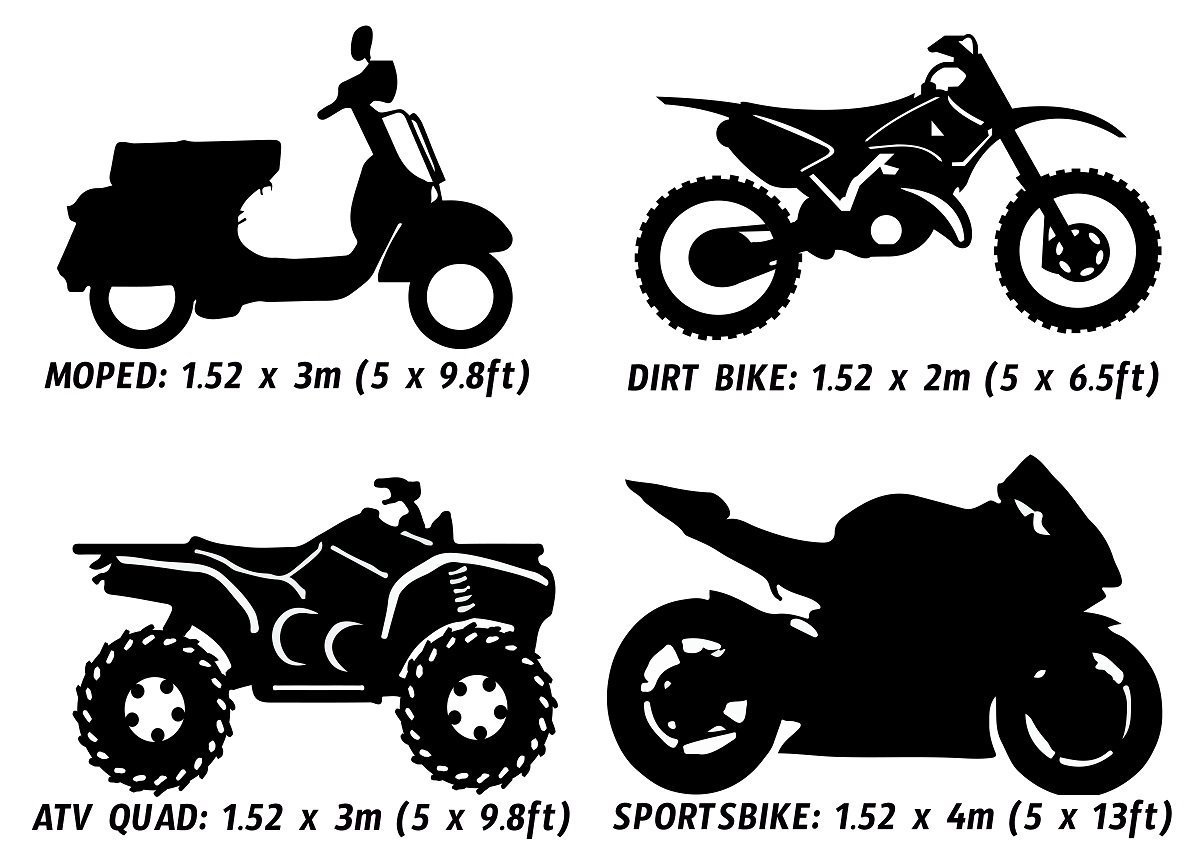Car film has become a popular way to protect cars today. Car film is a transparent thin film that covers the car’s glass, reducing the impact of ultraviolet rays, heat, and light on the car’s interior while also protecting privacy and safety. In this article, we’ll discuss the different types of car films, their advantages, installation methods, and how to choose the most suitable car film for your needs.
Types of Car Film
Car film comes in many different types, each suitable for different needs. Here are some common types of car film:
- Carbon Fiber Film: This type of car film is made of carbon fiber material and can block most ultraviolet and infrared rays. Its black appearance and high transparency are very popular, providing good privacy protection and anti-glare effects.
- Metal Film: This type of car film has good insulation performance and can block heat and ultraviolet rays. However, it may have a metallic texture that affects transparency.
- Ceramic Film: This type of car film is made of ceramic particles and has high durability and barrier performance, blocking ultraviolet, infrared rays, and heat. Its clear transparency does not affect the light inside the car and is very popular.
- Clear Film: This type of car film is completely transparent, and its existence is almost invisible. However, it can still provide good ultraviolet and heat isolation effects, as well as protect privacy and safety.
Advantages of Car Film
Using car film has many benefits. Here are some of the main advantages:
- Insulation Performance: Car film can block most ultraviolet and infrared rays, reducing the heat inside the car and improving comfort, while reducing air conditioning use.
- Privacy Protection: Car film can block the view inside the car, protecting the privacy of passengers and preventing theft of property.
- UV Protection: Car film can block ultraviolet rays, reducing the damage to the car’s interior and the risk of skin cancer for passengers.
- Safety: Car film can prevent glass fragments from flying when glass is broken, protecting passengers from injury.
Installation Method
Car film is usually installed by professionals, but you can also install it yourself with a kit. The installation steps are as follows:
- Clean the glass surface and remove any dirt or debris.
- Measure the size of the window and cut the film according to the size.
- Spray a layer of water on the glass surface to facilitate the installation.
- Attach the film to the glass and use a scraper to remove any bubbles.
- Trim the excess film along the edges.
How to Choose Car Film
When choosing car film, you need to consider the following factors:
- Type: Choose the type of car film that suits your needs, such as insulation performance, privacy protection, or UV protection.
- Color: Choose the color of the car film according to your preference and the local regulations.
- Quality: Choose high-quality car film with good durability and barrier performance.
- Brand: Choose a reputable brand with good reviews and customer service.
In conclusion, car film is a great way to protect your car and improve comfort while driving. Choosing the right type of car film is important to ensure that it meets your needs and local regulations. With proper installation and maintenance, car film can provide long-lasting protection for your car.
